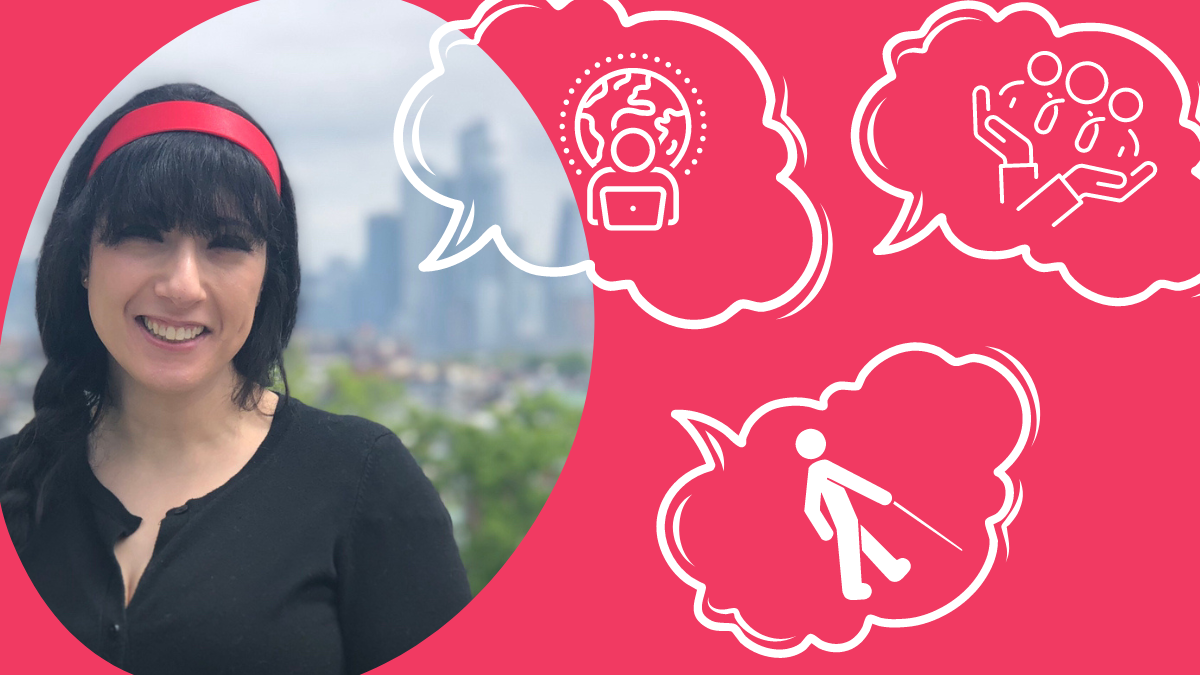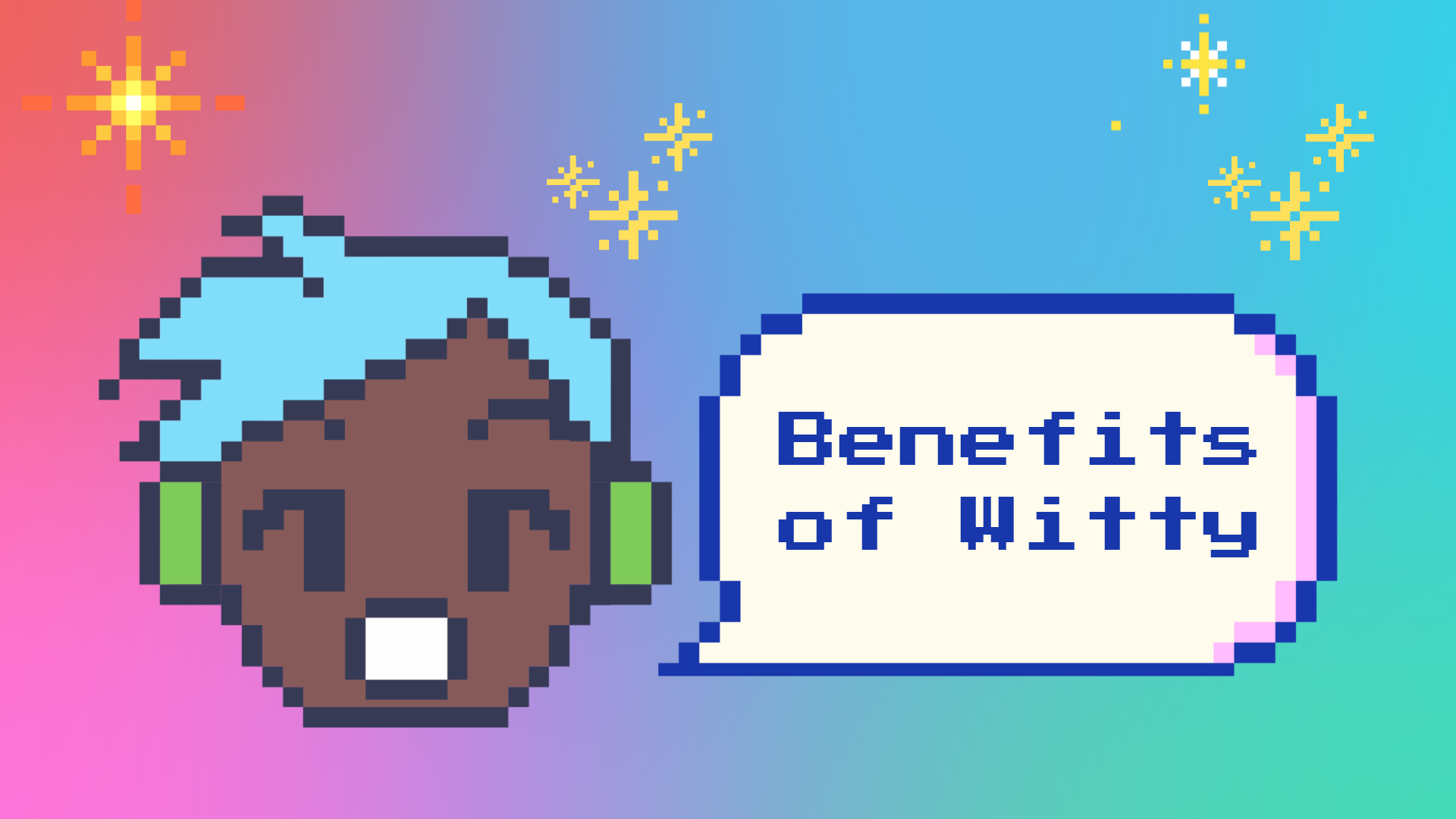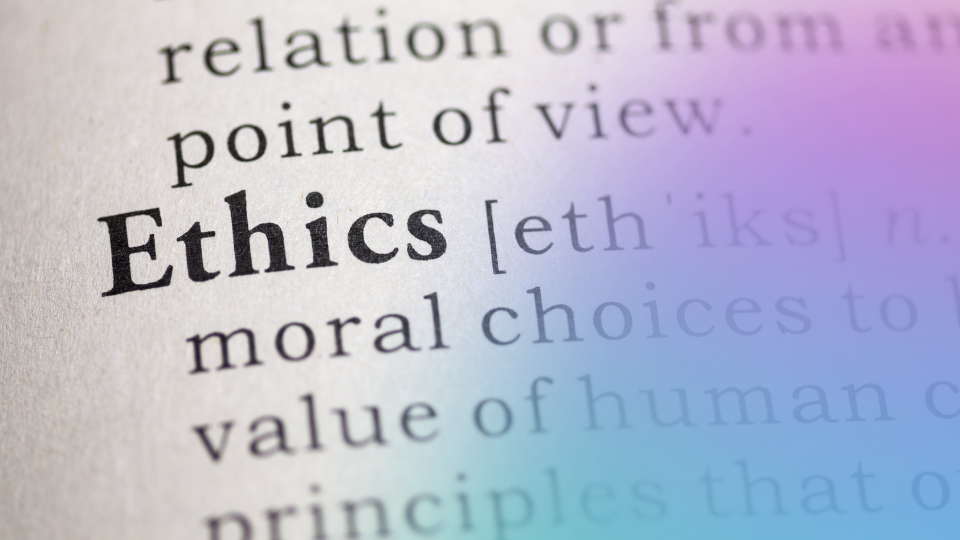Content creation is a dynamic and diverse landscape that requires a level of sensitivity and understanding to respect and value the unique experiences of all individuals. This concept is especially relevant in the sphere of disability and accessibility. An insightful discussion on a recent episode of Witty Talks featuring Nadia from Witty and Hebatullah Issa, the founder of Disability Content Consulting (DCC), explored these pertinent issues. The enlightening dialogue brought to the fore the critical need for addressing accessibility and inclusion in an era where global digital interactions are the norm.
What is the difference between accessibility and
inclusion?
Although often used synonymously, accessibility and inclusion each bring unique nuances to content creation. Accessibility refers to the design of products, services, or environments that are usable by people with disabilities, including visual, auditory, cognitive, or physical challenges.
Conversely, inclusion embodies the principle of involving and valuing all people, regardless of their differences, race, gender, sexual orientation, age, or socio-economic status. It’s about crafting content connecting diverse audiences and making everyone feel seen, heard, and valued.
Inclusive Language and Content
To appreciate the importance of accessible and inclusive content fully, it’s critical to acknowledge the diversity of our audiences. Language serves as a potent tool that has the power to shape perceptions and realities. Over time, the meanings of words can morph, sometimes distorting our understanding. For instance, the term ‘dumb,’ initially referring to an inability to speak, is now commonly used to imply a lack of intelligence. Such negative associations can gradually erode a person’s dignity and societal image.
Overcoming Challenges
Promoting accessibility and inclusion is not devoid of obstacles. While many companies show openness towards enhancing the accessibility of their content, resistance can stem from a lack of understanding and awareness.
How do I write accessible content?
Princton created a well-researched list of how to create accessible content:
- Use high contrast colors. Check color contrast with eyedropper tools.
- Do not rely on color alone ("in green") or a single sensory characteristic ("at left") to convey meaning.
- Write alternative text that describes what each image means in context.
- Use text. Avoid images of text.
- Write meaningful links that work out of context; not "click here to learn more."
- Structure content with headings, lists and table headers.
- Tag language switches, or "Español" becomes "A spaniel."
- Provide captions or transcripts for video and audio.
- Avoid PDF documents, except as optional downloads.
- Test new designs with people, mobile phones, and automated tools.
How do I write inclusive content?
A tool like Witty comes into the picture to help organizations navigate this inclusive language landscape. It identifies non-inclusive language in real-time, suggesting more respectful alternatives. By analyzing a company's communications, Witty can pinpoint problematic language patterns and recommend alternatives making integrating inclusive language more practical and sustainable.
“The social model of disability says you are disabled not because of anything within us but due to a lack of accessibility in our environment.”
Hebatullah Issa, founder of Disability Content Consulting (DCC)
Accessibility and Inclusion Beyond Language
However, accessibility and inclusion extend beyond the realm of language. It includes tailoring processes to accommodate the unique needs of disabled content creators. For example, the concept of an “accessible timeline” comes into play, allowing flexibility and prioritizing the team members' mental, emotional, and physical well-being.
Organizations like DCC adopt a multi-faceted strategy to promote accessibility and inclusion across various sectors, including creative, educational, and business arenas. From designing accessible logos and developing articles, newsletters, and images with alt text, to creating accessible classes and workshops, they are making the digital world more inclusive one step at a time.
In the business sector, they help companies implement inclusive language and style guides, offer hiring workshops to disabled content creators, and audit companies’ hiring practices to identify and eliminate potential discriminatory behaviors.
“People identify as identity first for many reasons, but for me, when I'm saying I'm disabled, it means that there is a lack of accessibility problem.”
Hebatullah Issa, founder of Disability Content Consulting (DCC)
Conclusion
Accessibility and inclusion in content creation are not optional — they are indispensable. By building a diverse team of content creators, prioritizing accessible processes, and continuously refining language use based on research, organizations like DCC are propelling these values forward in the industry. More organizations must recognize the importance of this work and join the movement towards genuinely inclusive content creation. A shift towards accessible and inclusive content is not merely a service to disabled individuals; it’s a stride towards a more compassionate, understanding, and inclusive society.
If you are looking for a digital writing assistant for inclusive language, try out Witty for free. Witty detects non-inclusive language, provides ongoing training on unconscious bias, and operationalizes inclusion.





